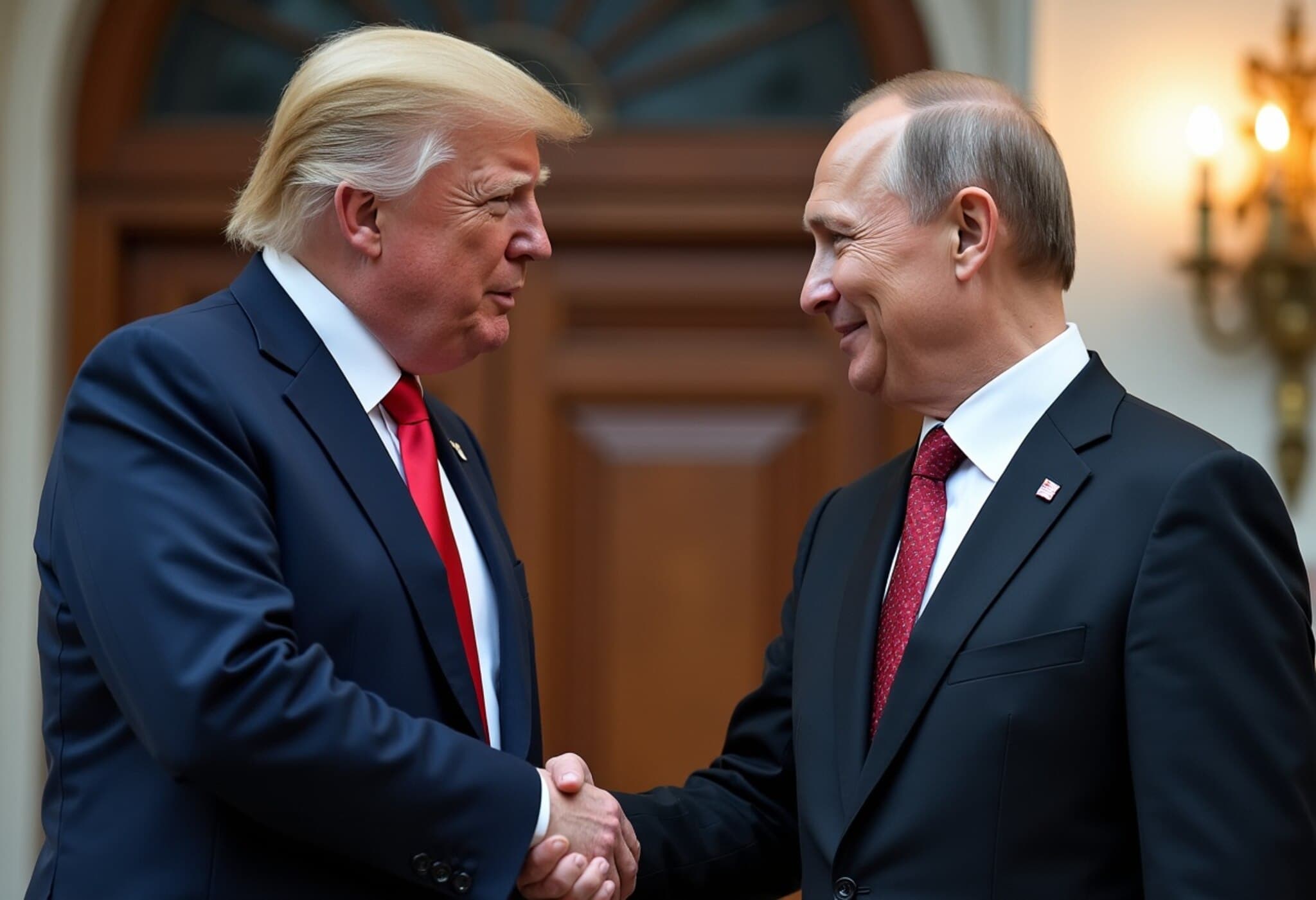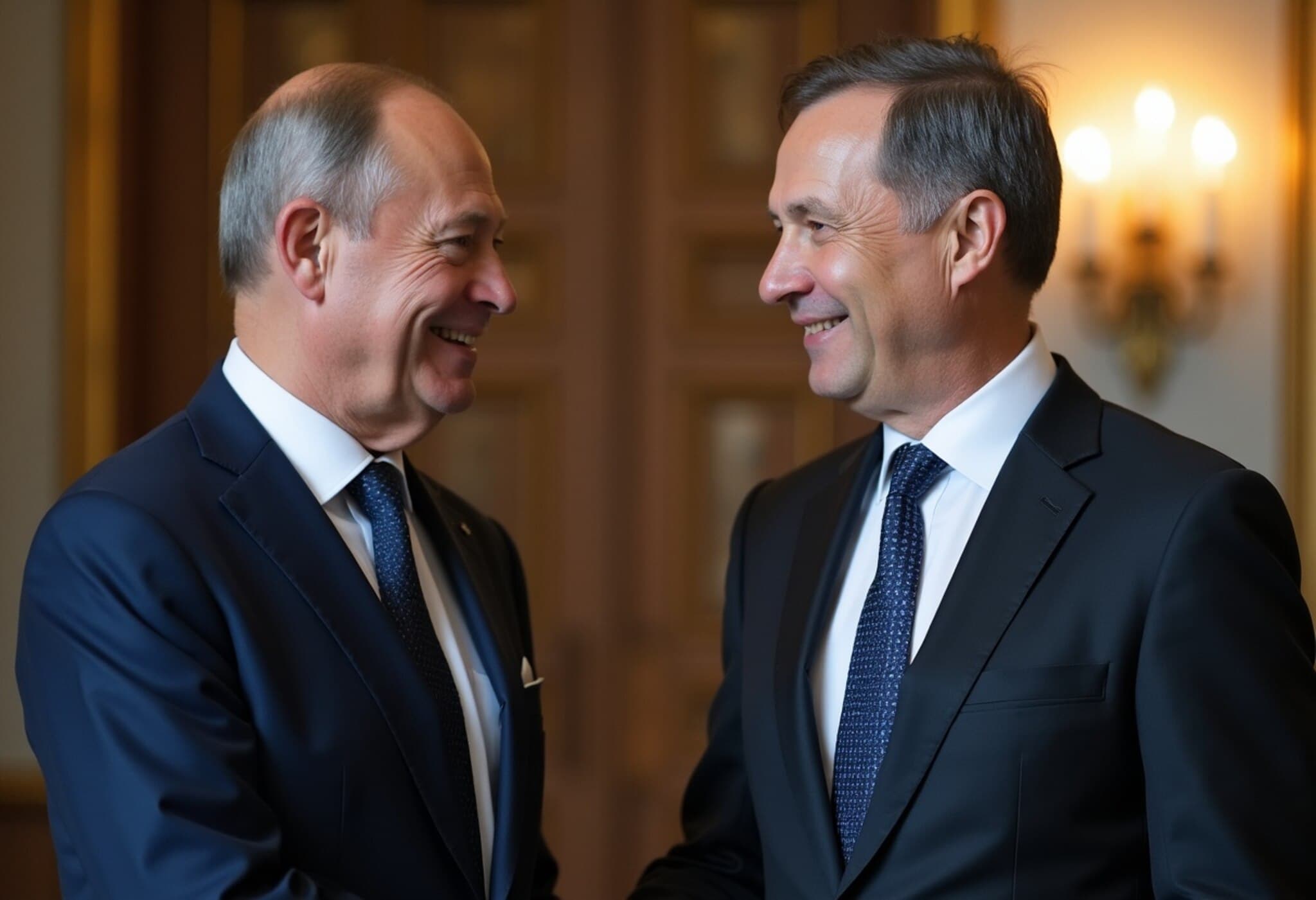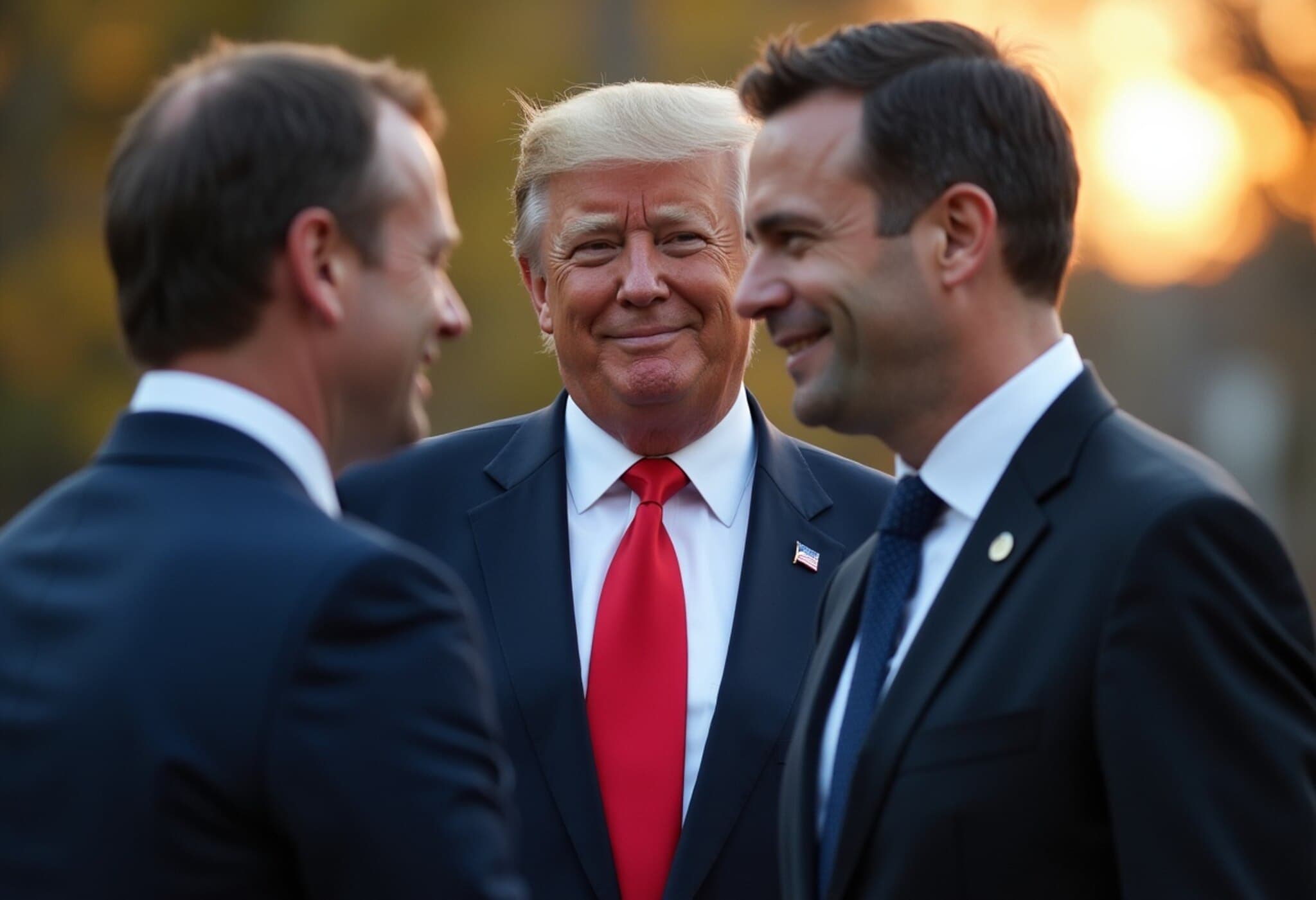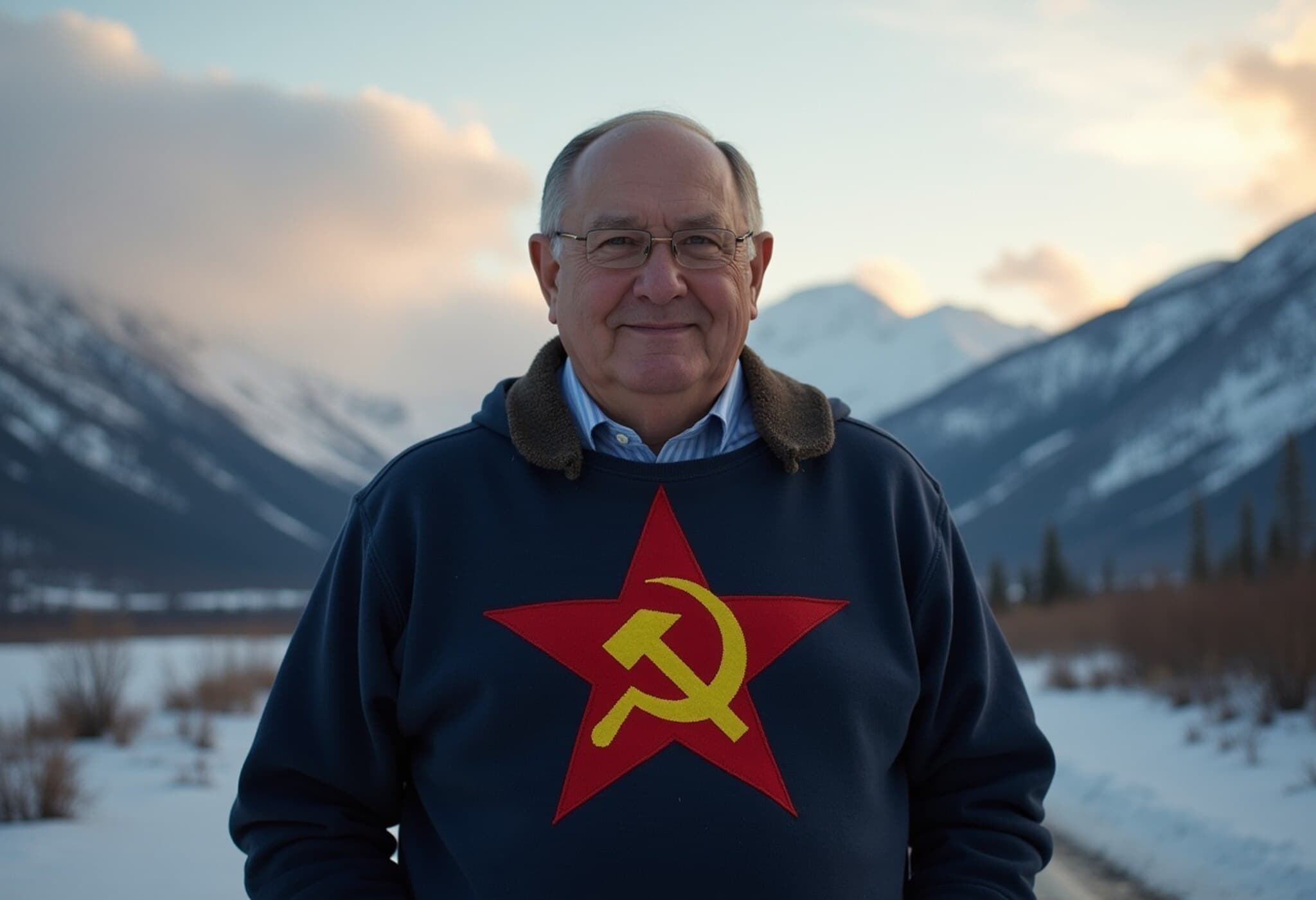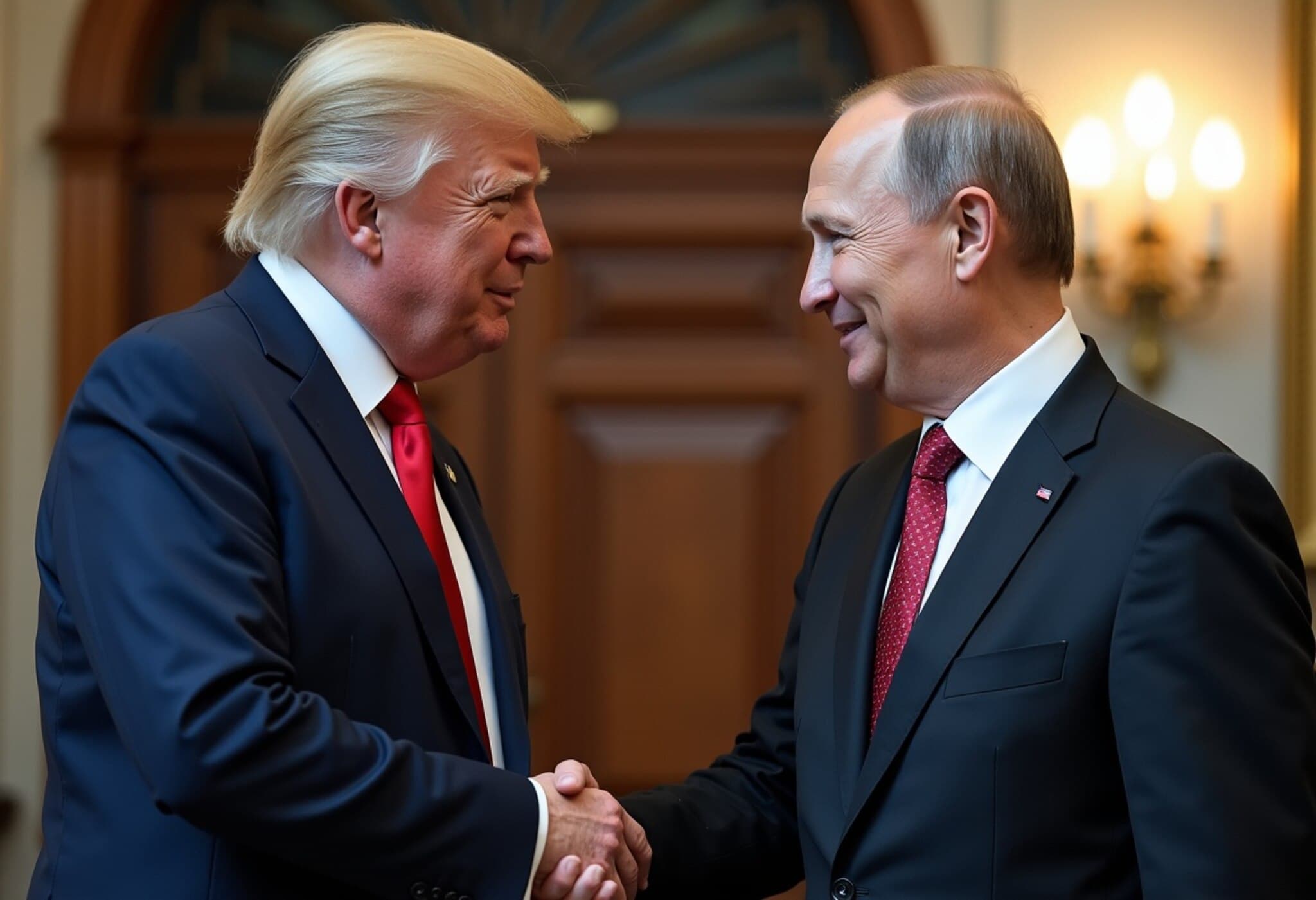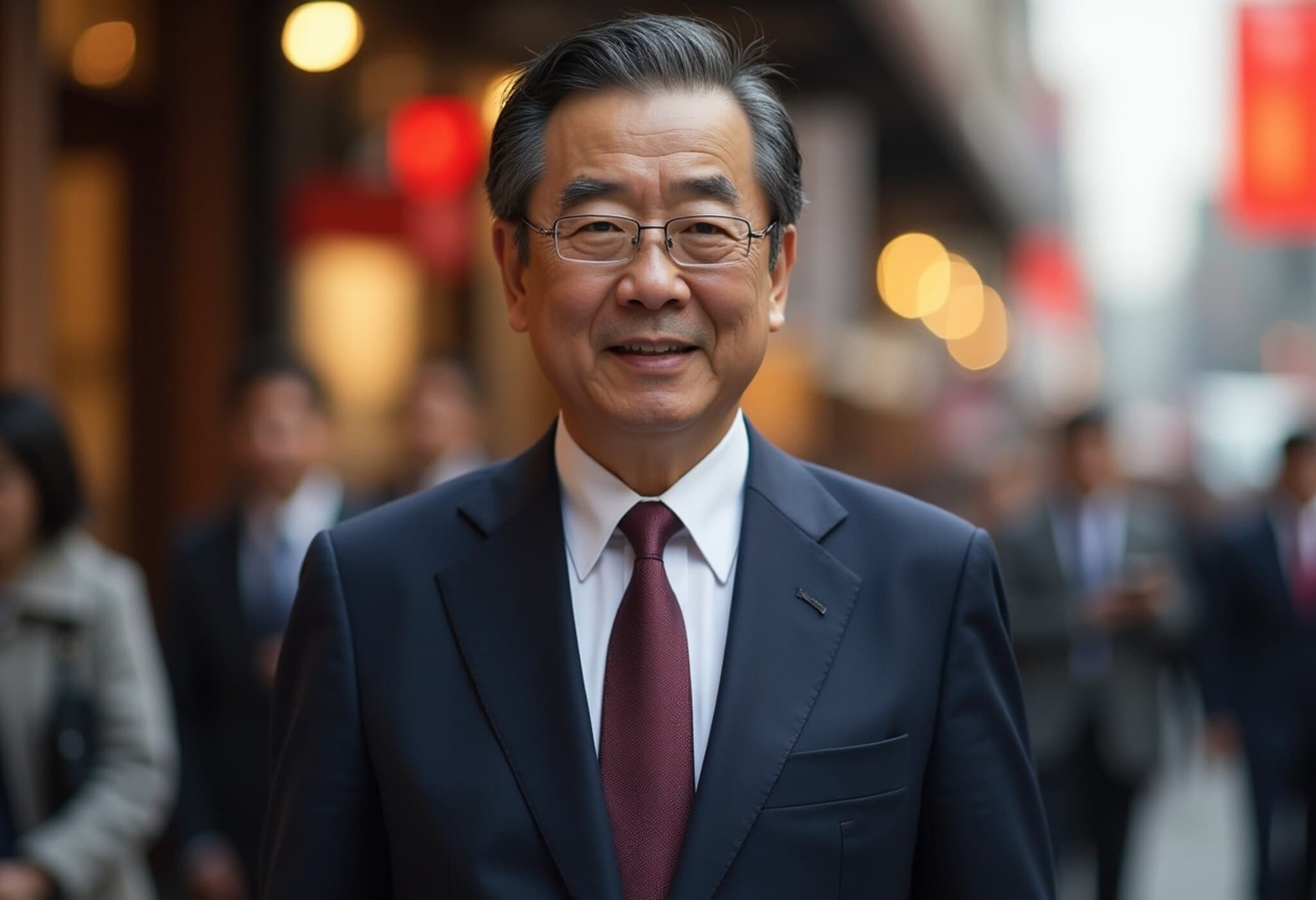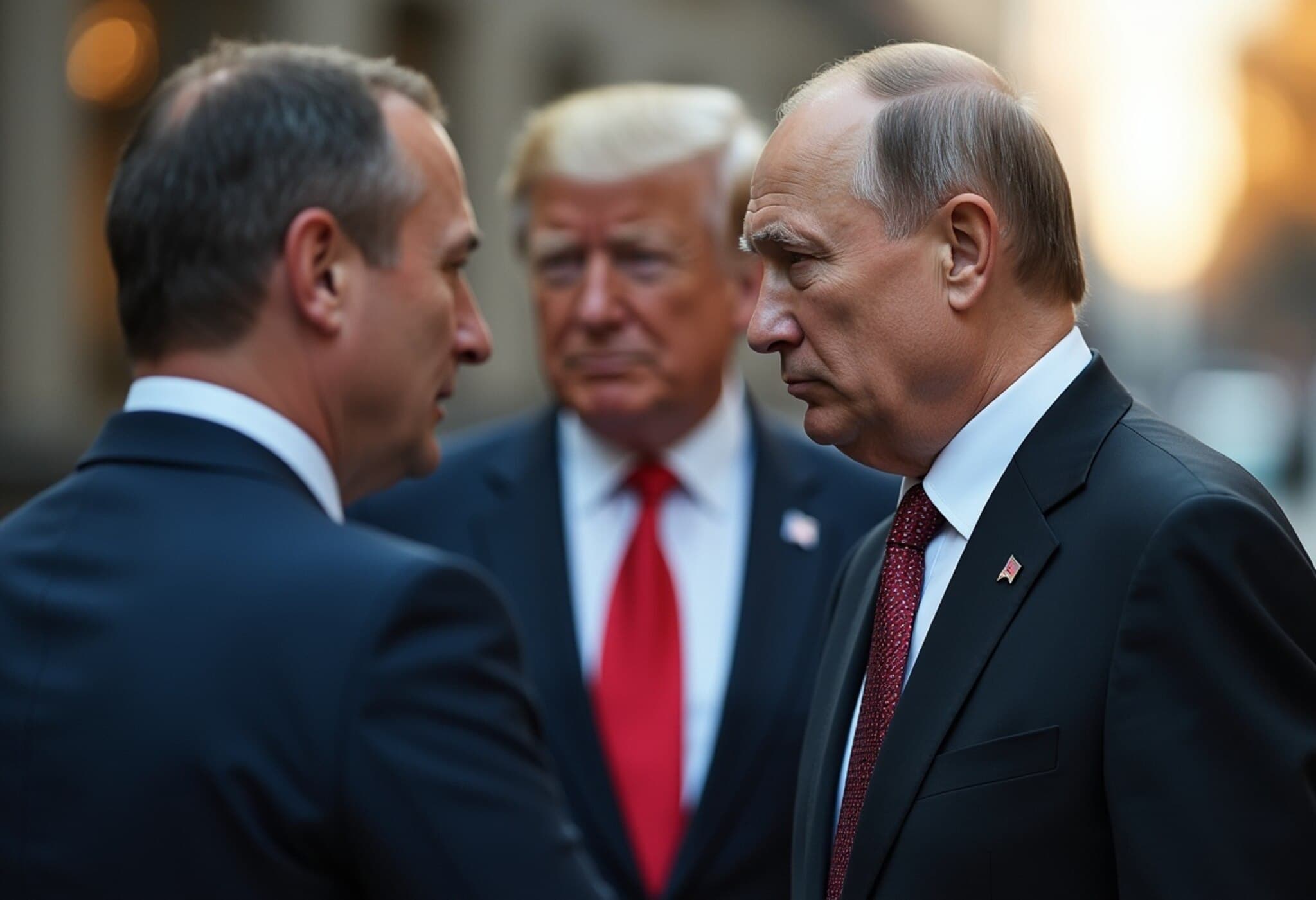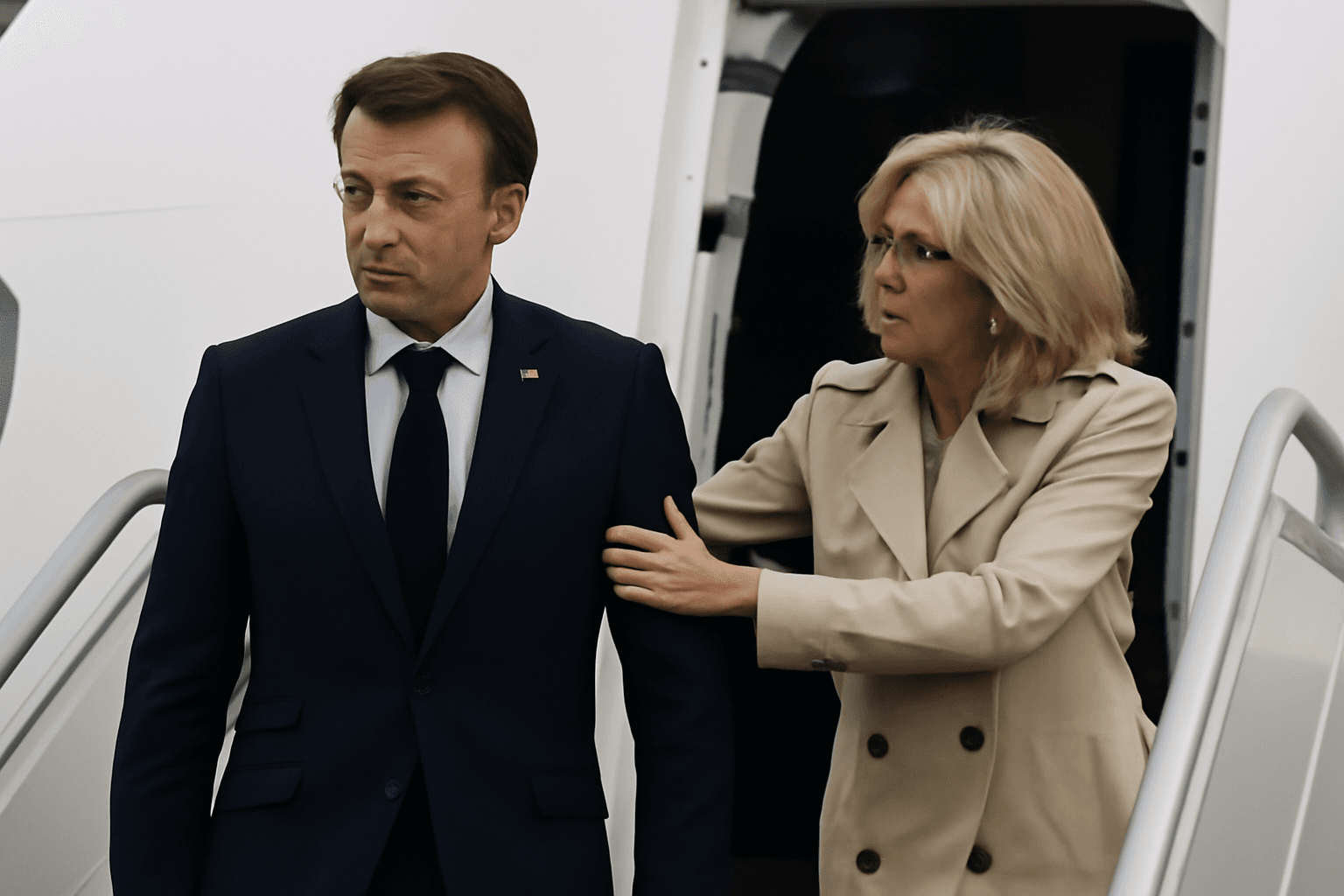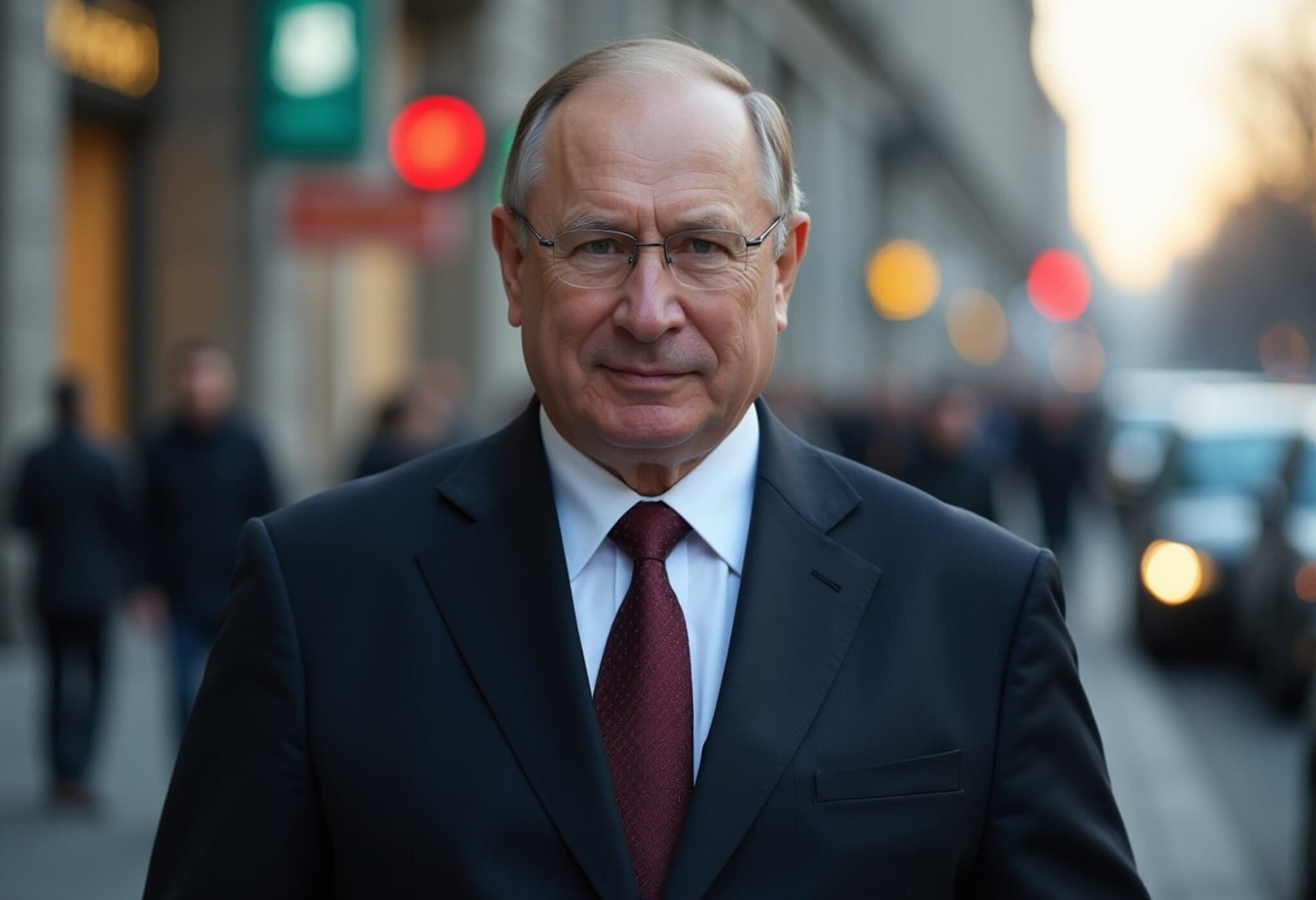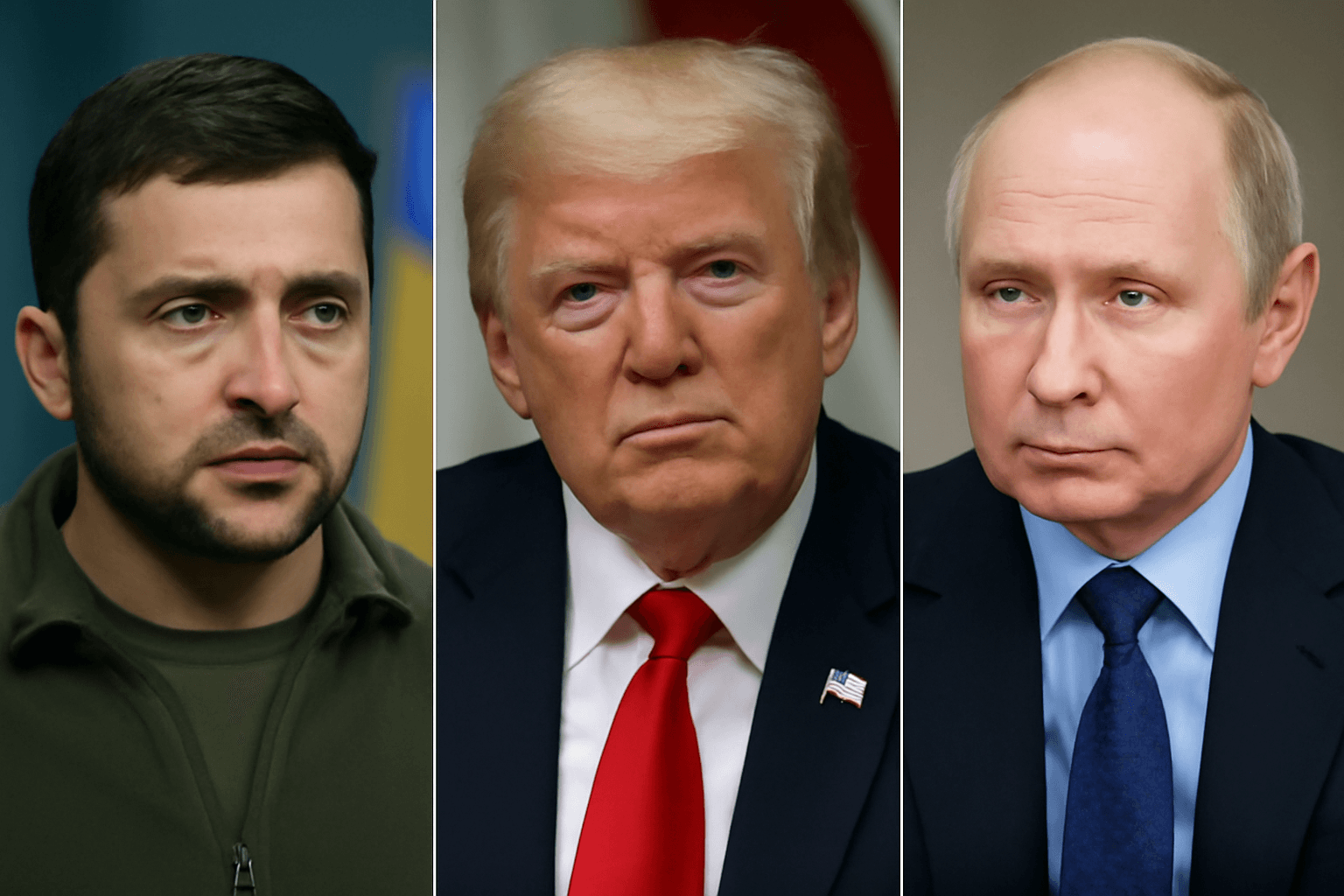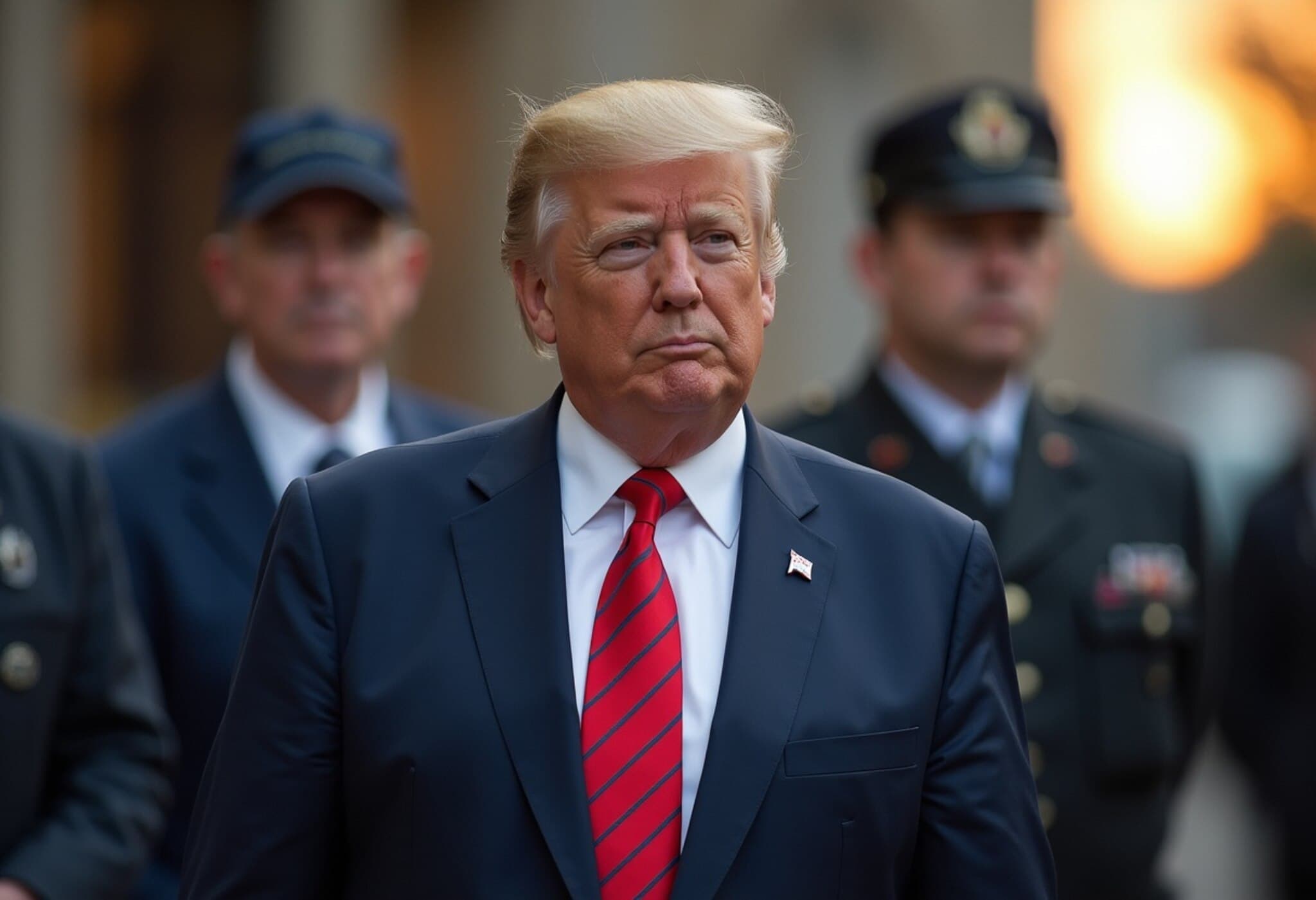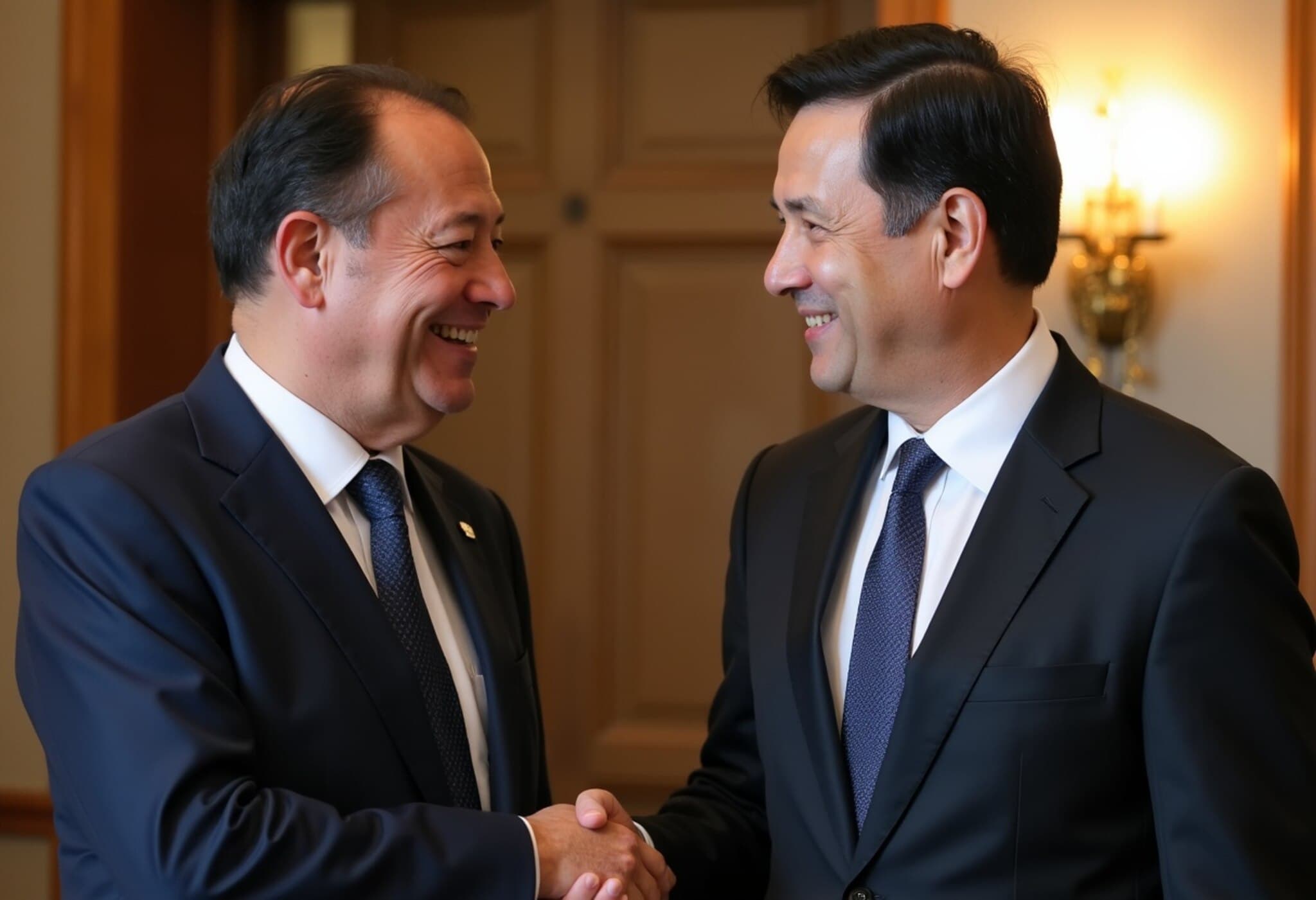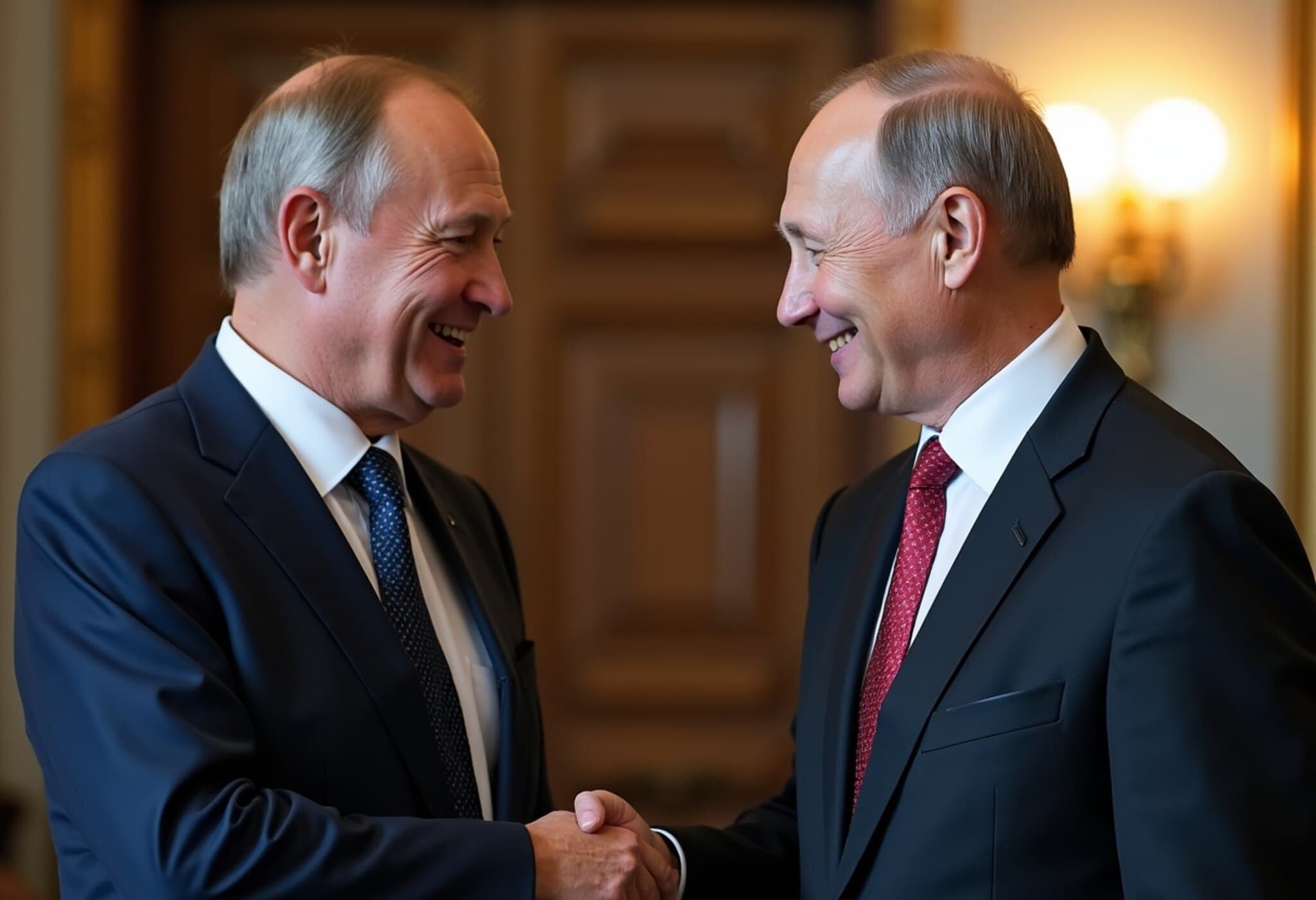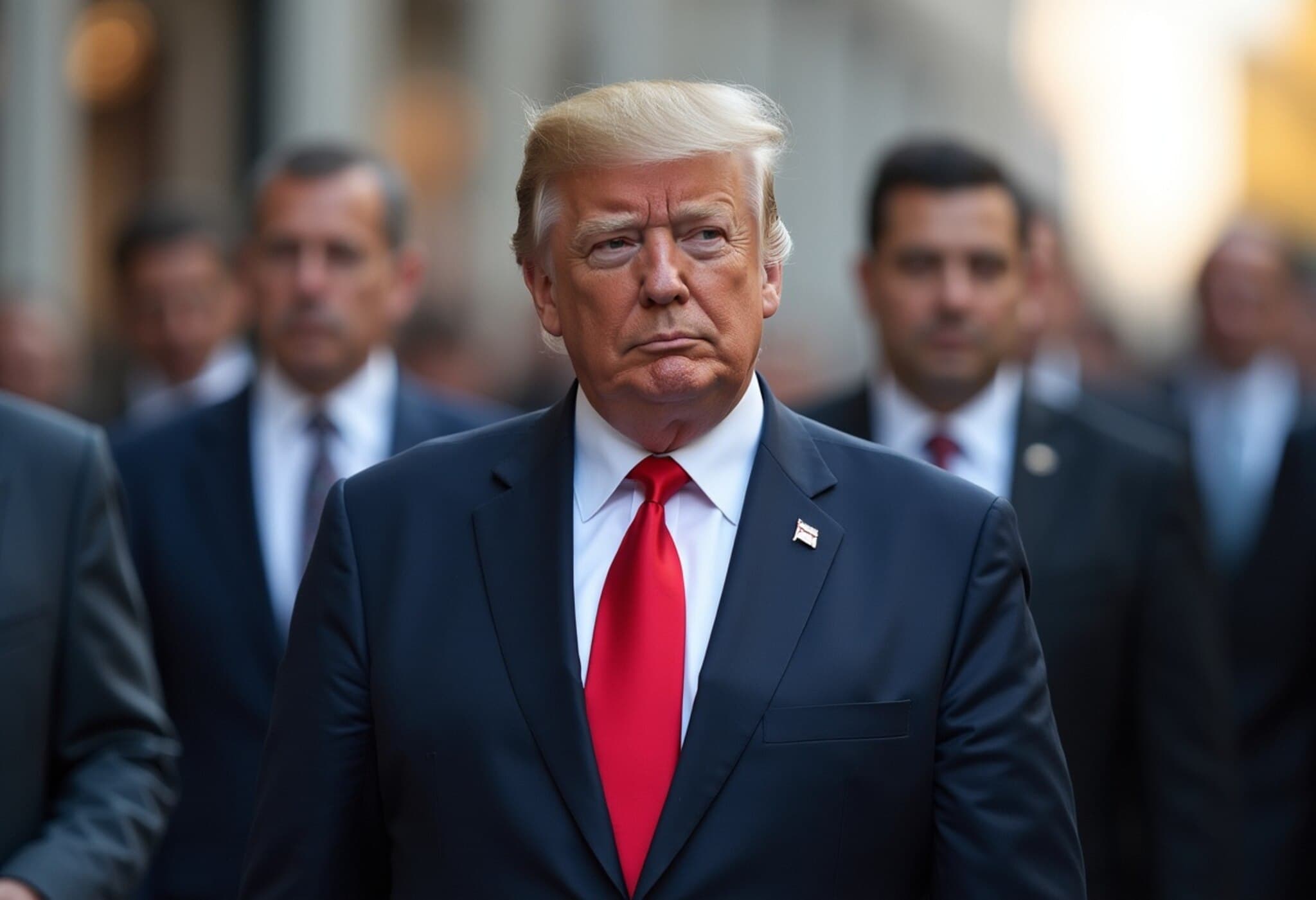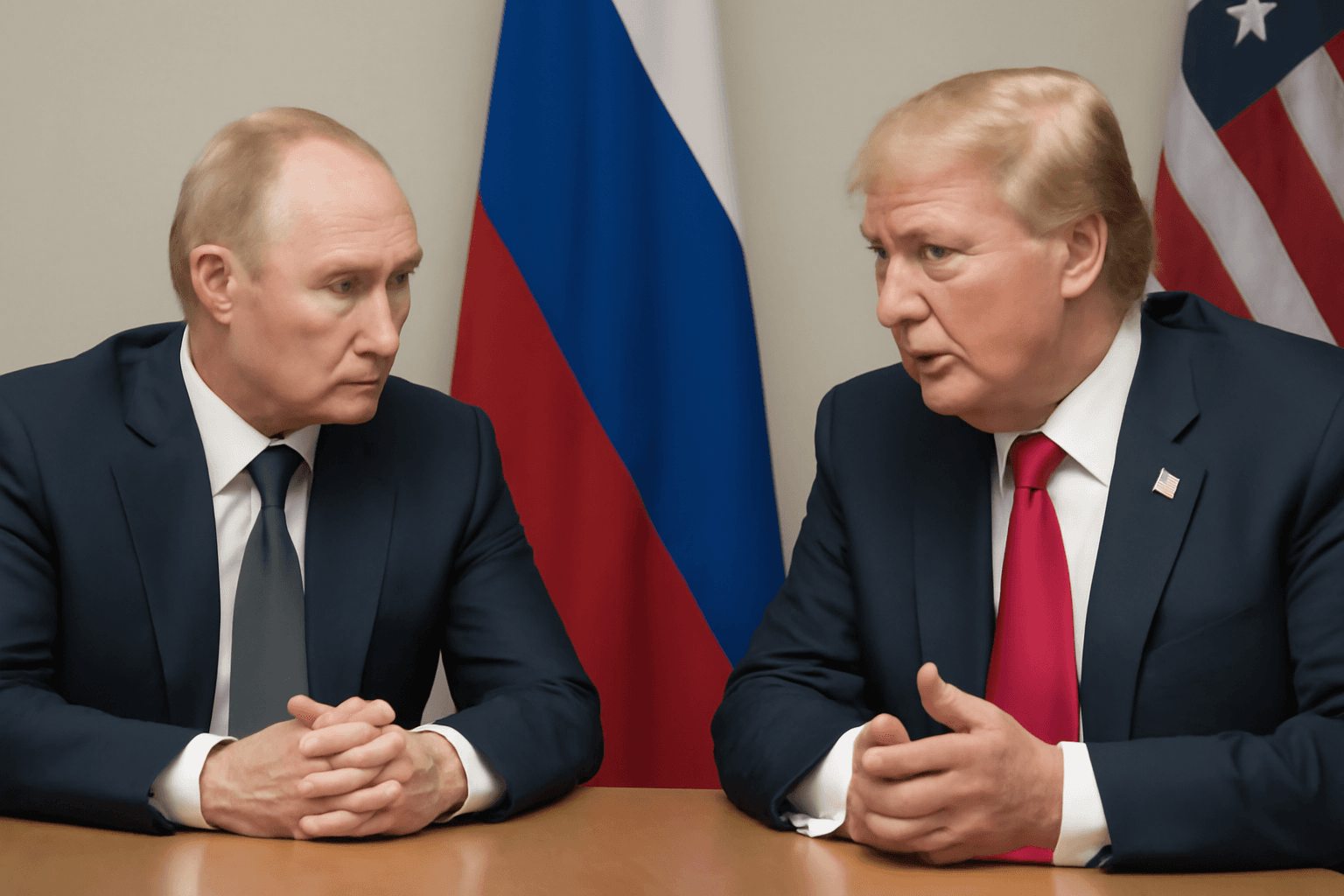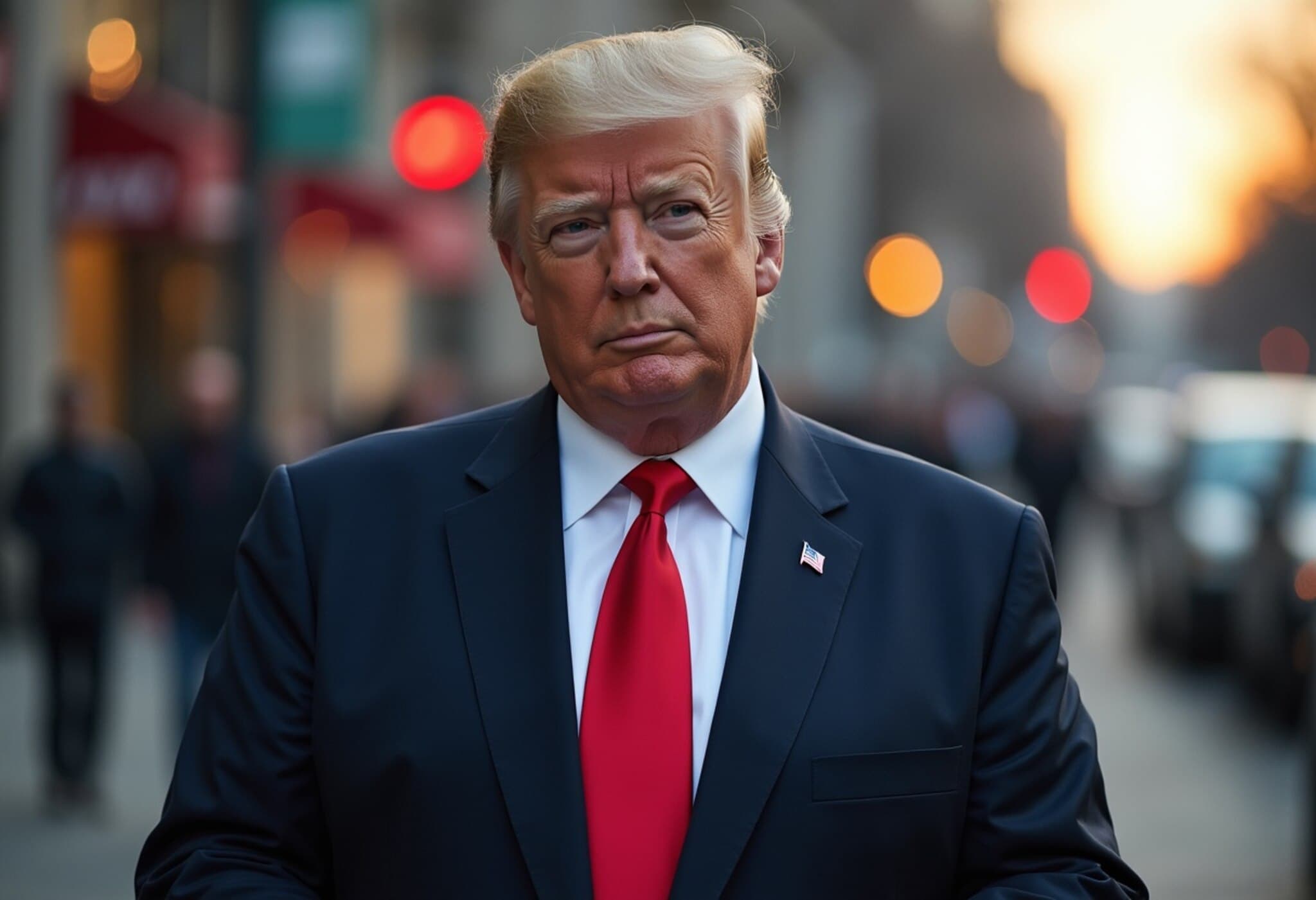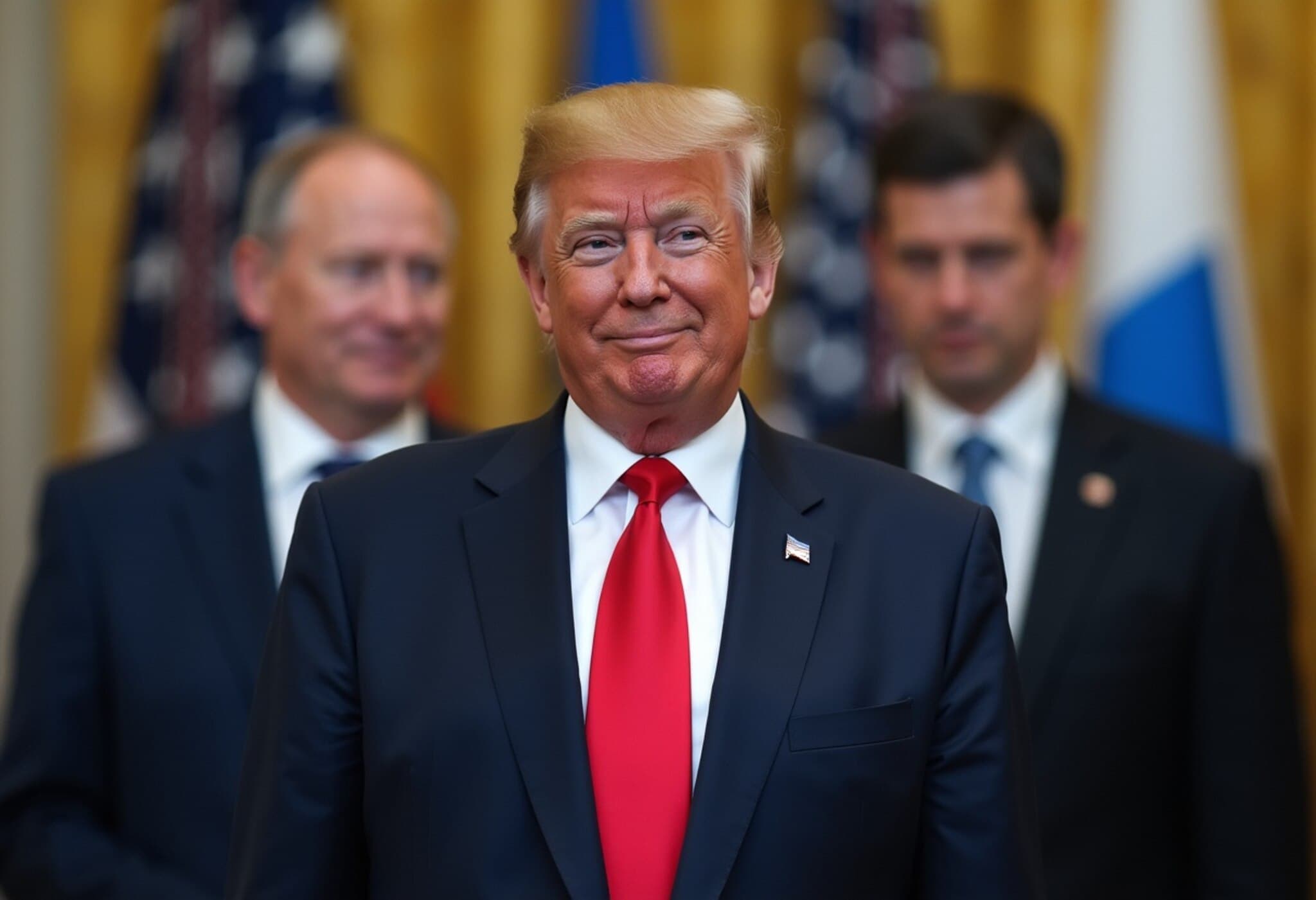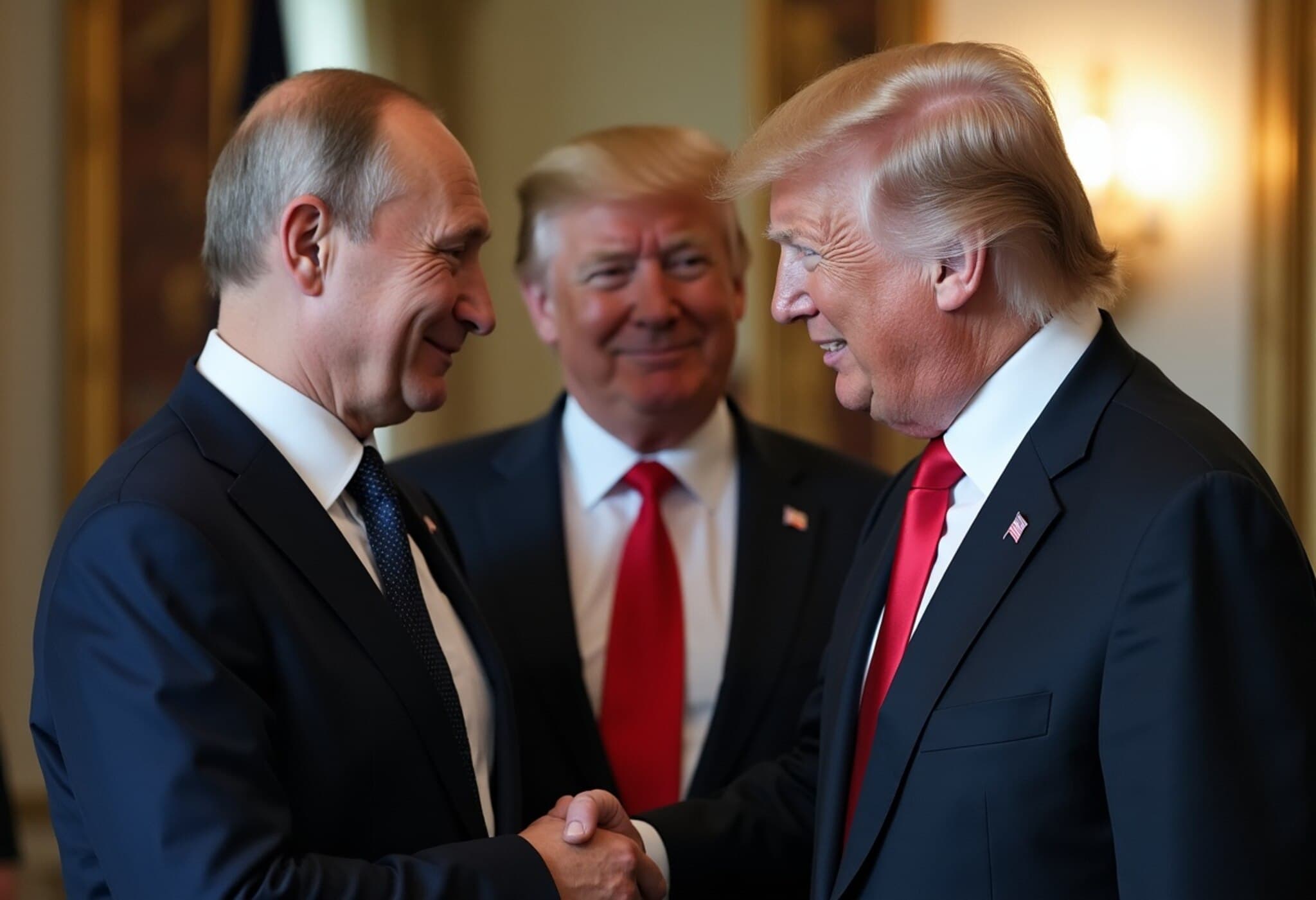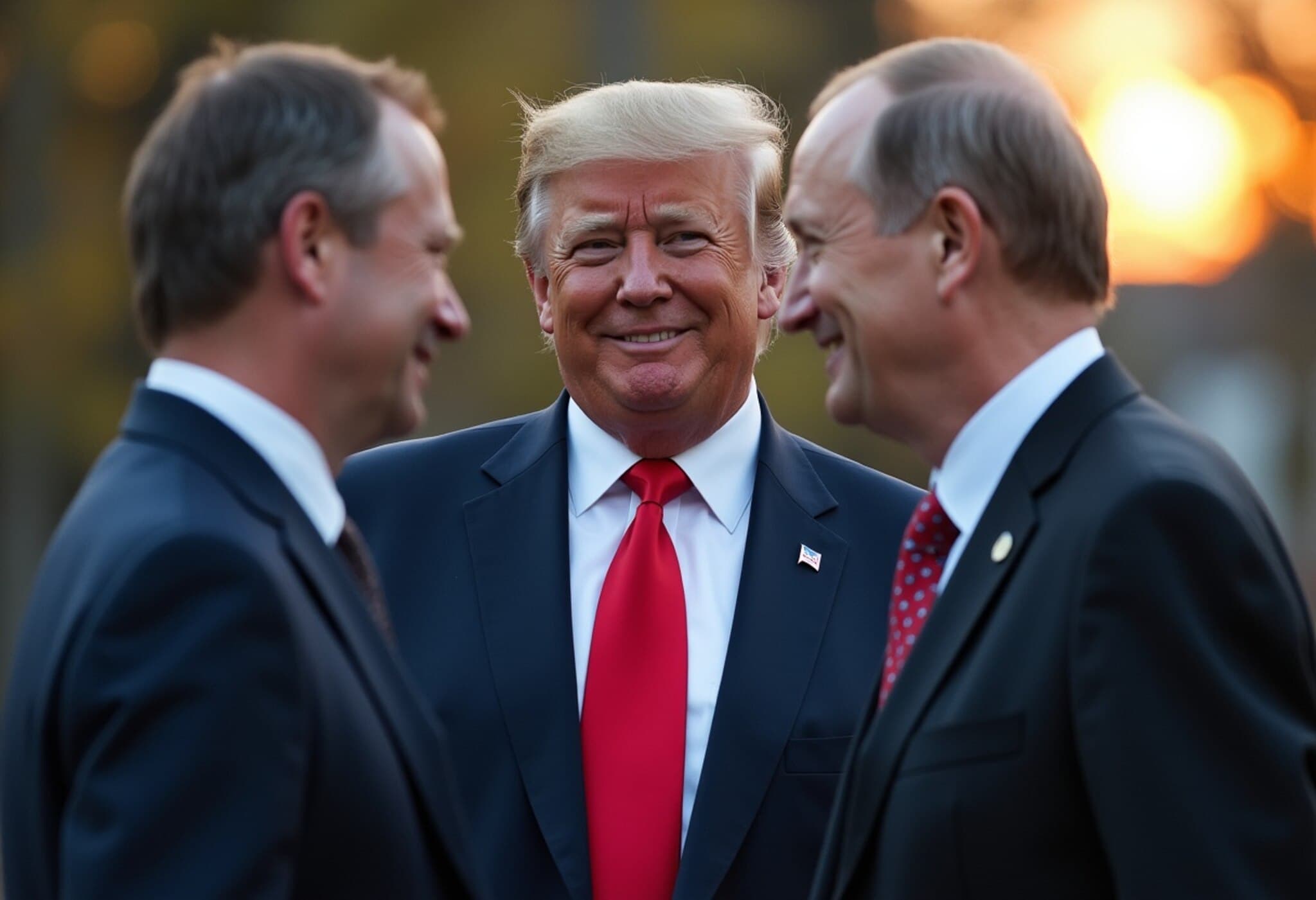Trump-Putin Summit in Alaska: High Stakes and Uncertain Outcomes
As the world watches closely, US President Donald Trump is set to meet Russian President Vladimir Putin in Alaska on Saturday, a summit loaded with potential implications for the ongoing conflict in Ukraine and the broader dynamics between Washington and Moscow. With tensions persisting over Ukraine’s future, many eyes are on this high-profile encounter, where Trump hopes to carve out a role as a dealmaker capable of steering the conflict toward resolution.
Trump’s Conditional Optimism: ‘I Would Walk Away’ if Talks Go Poorly
In candid remarks to Fox News, Trump conveyed cautious optimism but did not shy away from setting clear terms: “I think it’s going to work out very well, and if it doesn’t, I’m going to head back home real fast,” he said. When asked if he would walk away in case of a failed negotiation, Trump responded simply, “I would walk, yeah.”
This stance echoes comments he made earlier on Fox Radio, where he emphasized a no-nonsense approach: if the meeting goes badly, he won’t pursue further calls but will instead return home promptly. Conversely, a productive summit would be followed by outreach to Ukrainian President Volodymyr Zelenskyy and European leaders to discuss next steps.
Defining Success: Ceasefire as a Non-Negotiable Goal
When pressed about what would symbolize success, Trump admitted to reporters aboard Air Force One that there is no predetermined blueprint: “I can’t tell you that. I don’t know. There’s nothing set in stone. I want certain things. I want a ceasefire.”
His emphasis on a rapid ceasefire highlights the urgency to stop the ongoing bloodshed. Trump stressed that he seeks an immediate end to hostilities and anticipates involvement from key stakeholders including Europe and President Zelenskyy. “I want the killing to stop,” he added, underscoring the human toll at the heart of this geopolitical chess game.
Context and Expert Insight: Why This Meeting Matters
Experts point out that Trump’s Alaska summit is not just another diplomatic encounter but an attempt by the former president to reassert his influence on the global stage. While Trump is no longer in office, his persistent claims about brokering peace place him in a unique position amid a protracted conflict that has vexed American policymakers for years.
American policy analysts view this meeting with cautious interest, noting that successful negotiation could reshape transatlantic relations and potentially recalibrate sanctions regimes against Russia. Conversely, a breakdown might harden existing divisions and complicate efforts to deliver humanitarian aid to affected regions.
Furthermore, the summit raises critical questions underreported in mainstream coverage:
- To what extent does Trump’s personal political brand influence Russia’s strategic calculations?
- How might the dynamics of US domestic politics intersect with foreign diplomacy in this context?
- What role do European allies play behind the scenes, and how might their responses shape the aftermath of the talks?
Looking Ahead: What to Watch Post-Summit
The world awaits clear signals from Alaska. Key indicators will include whether any formal agreements emerge, the tone of post-meeting communications, and the extent to which other leaders—especially President Zelenskyy—engage in the dialogue. Trump’s declared readiness to abruptly exit if talks fail adds an element of unpredictability, reminding observers that diplomacy often hinges on both calculated risks and human judgment.
What This Means for the Region
The conflict in Ukraine has devastated communities and destabilized regional security for years. Progress, however incremental, in ceasefire talks could alleviate humanitarian crises and open pathways for political solutions. Conversely, failed negotiations risk prolonging hostilities and deepening geopolitical rifts.
Editorial Perspective
Trump’s Alaska summit is a vivid reminder that international diplomacy often involves bold declarations and high-stakes brinkmanship. His willingness to walk away underscores the fragile nature of talks, where the difference between breakthrough and breakdown can hinge on the smallest gestures or shifts in tone.
For American audiences, understanding the interplay between Trump's political style and the complex realities of global conflict is essential to interpreting this story with nuance beyond headlines. It invites us to consider not just the outcome of one meeting but the evolving role of personalities in shaping international peace efforts.
Editor’s Note
This summit represents more than just a meeting between two world leaders; it symbolizes the delicate dance of diplomacy amidst ongoing conflict. While Trump sets firm conditions, the challenge lies in translating political rhetoric into tangible peace. Readers are encouraged to reflect on the broader implications — from the human cost of war to the intersections of domestic politics and foreign policy — as this story unfolds.

